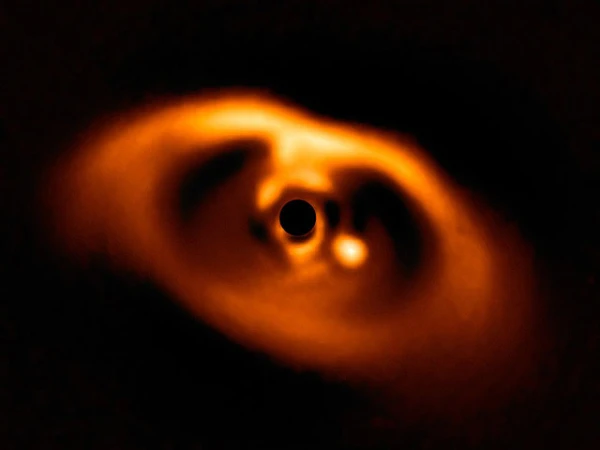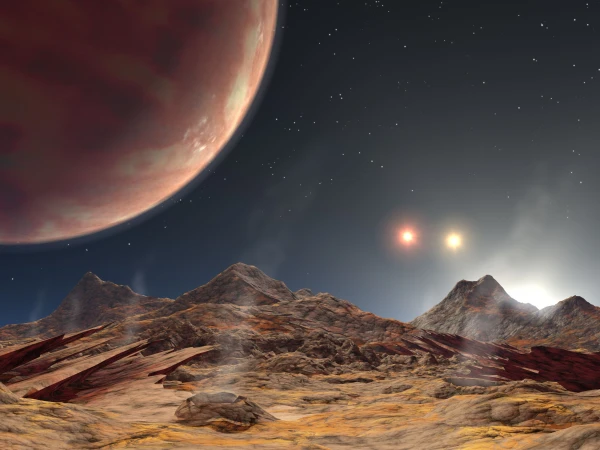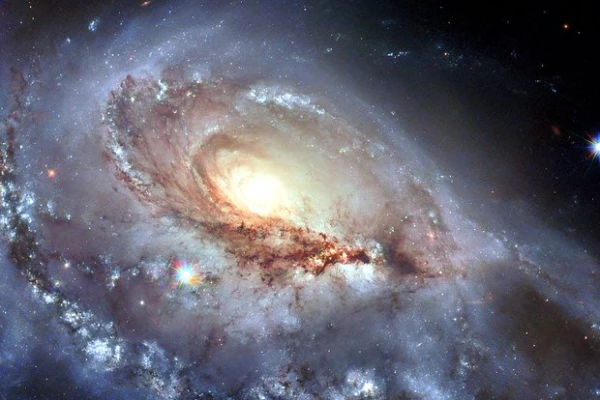
Massive celestial bodies burn out quickly – in about 10 million years.
Researchers from the Open University of Israel and the University of Nevada, Las Vegas have for the first time modeled the impact of the timing in the history of the galaxy on the composition and density of planets.
The team traced the entire life cycle of planet formation: from the birth of stars and element synthesis to explosions, collisions, and the formation of the internal structure of planets. The work is published in the Astrophysical Journal Letters.
Planets form from materials created within stars. The composition of these materials depends on the lifespan of the star. Massive stars burn out quickly – in about 10 million years – and upon exploding, scatter light elements such as oxygen, silicon, and magnesium. These elements form the outer layers of rocky planets. In contrast, low-mass stars live for billions of years, like our Sun, and upon exploding, release heavier elements – iron and nickel, which are necessary for planetary cores.
Planets that formed in systems where both types of stars had time to contribute to the protoplanetary disk contain a full variety of elements. Those planets that arose solely from the materials of massive stars have larger mantles and smaller cores. If small stars manage to enrich the space with heavy elements – iron and nickel – the cores of the planets become larger. The model constructed by the scientists in this new work explains why older rocky planets are less dense than younger ones, such as Earth.
The study shows that the elements necessary for the development of life did not appear simultaneously, but during different periods of galactic history, meaning that the conditions for the emergence of life formed gradually.












